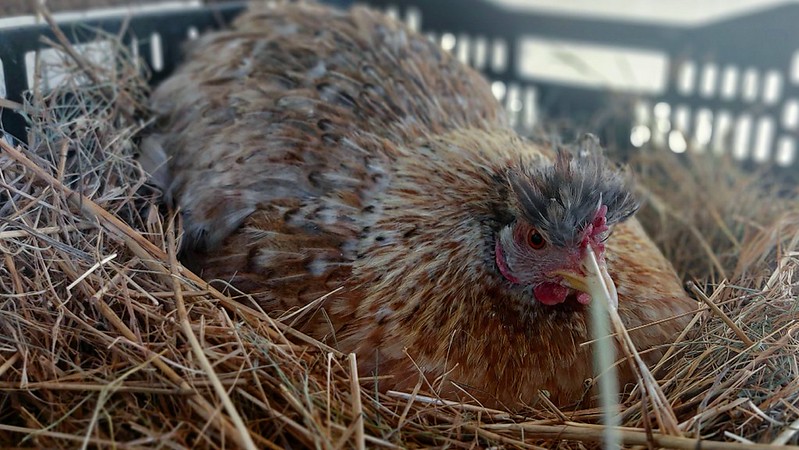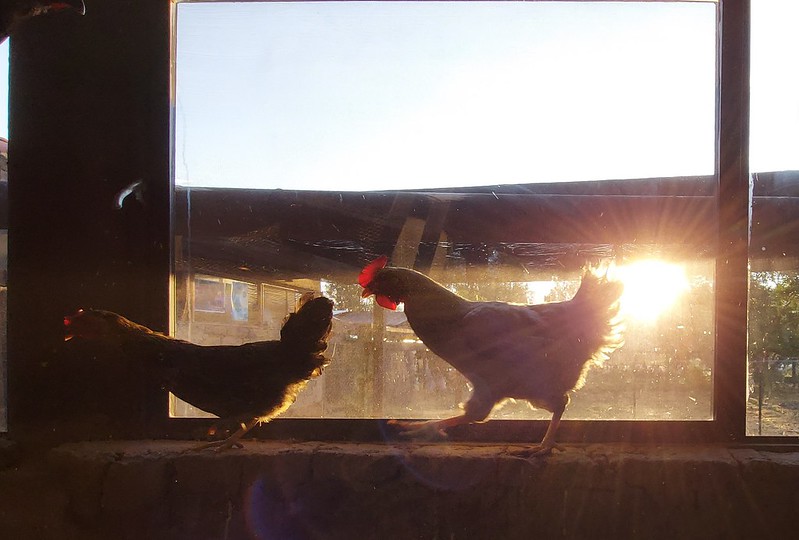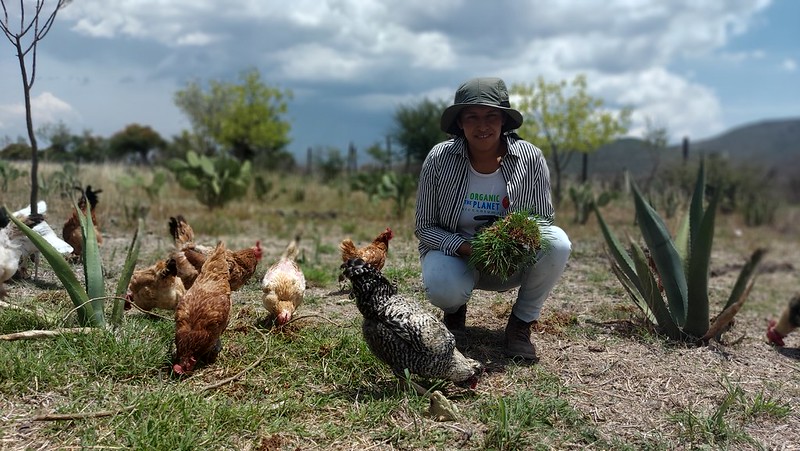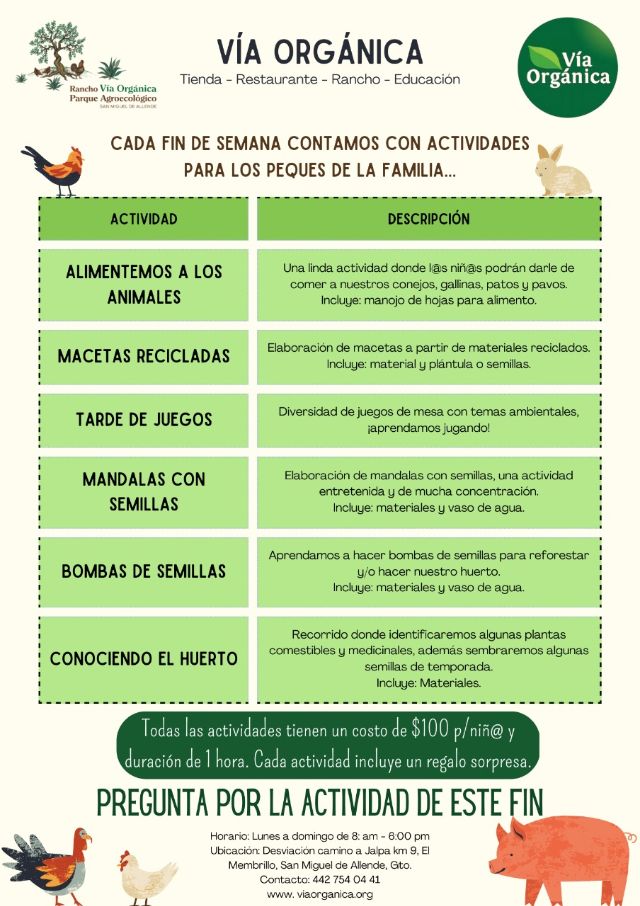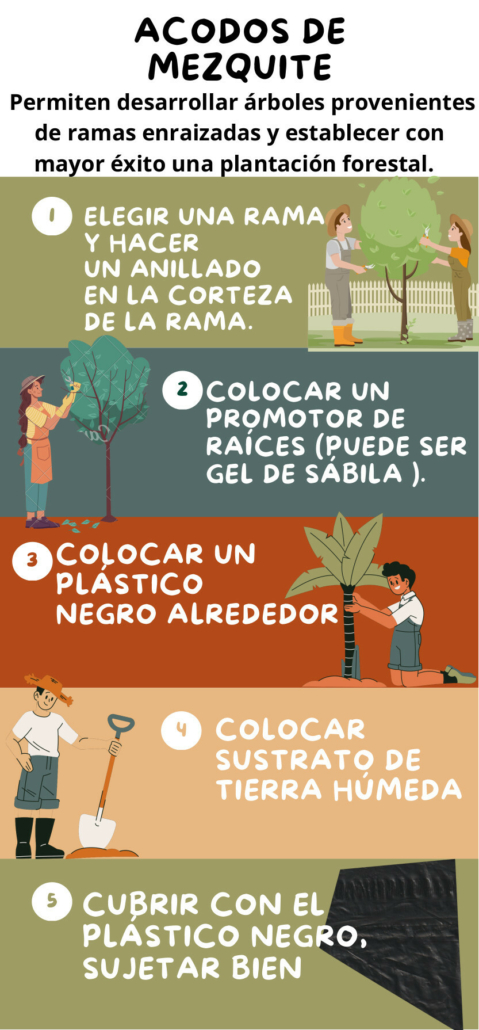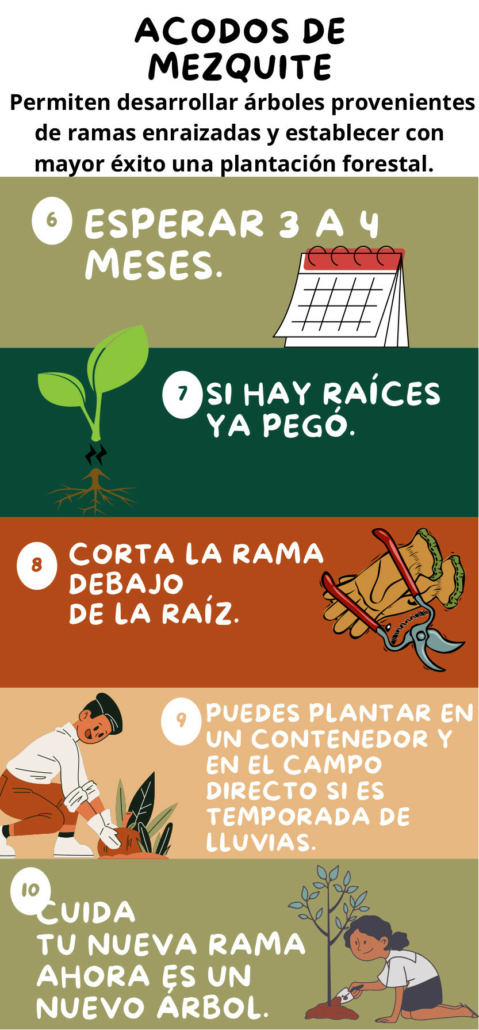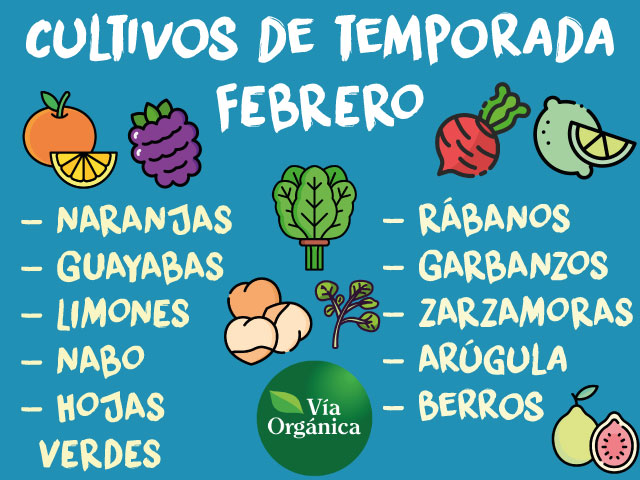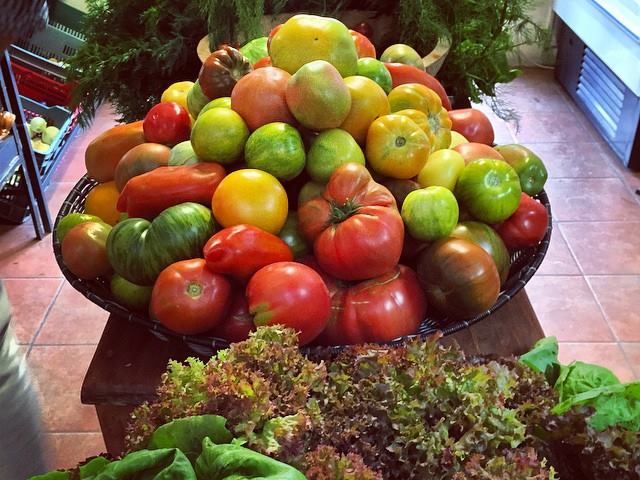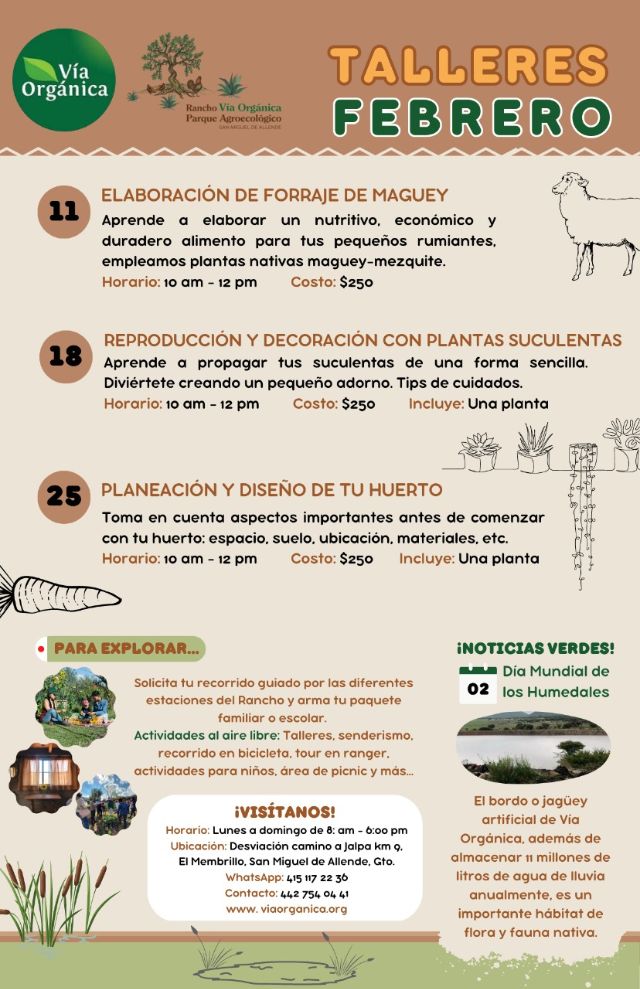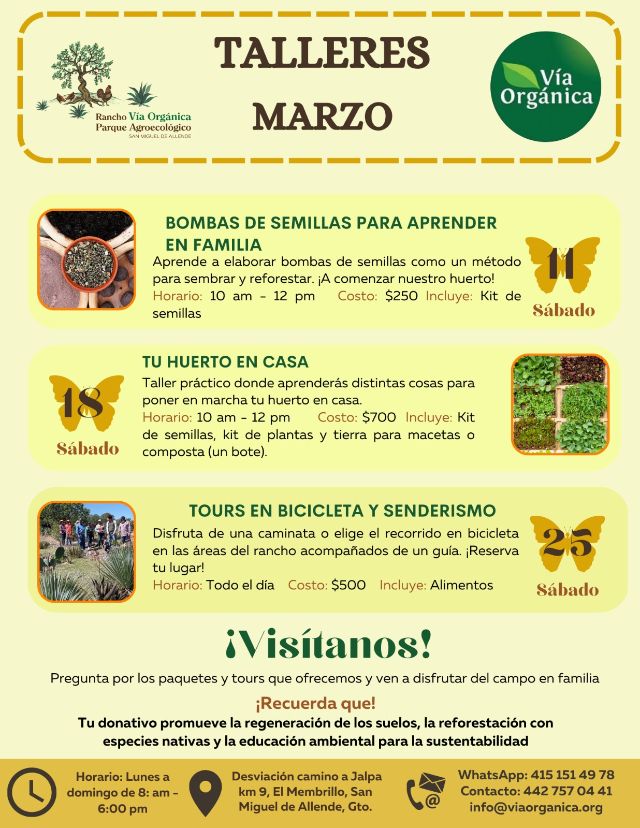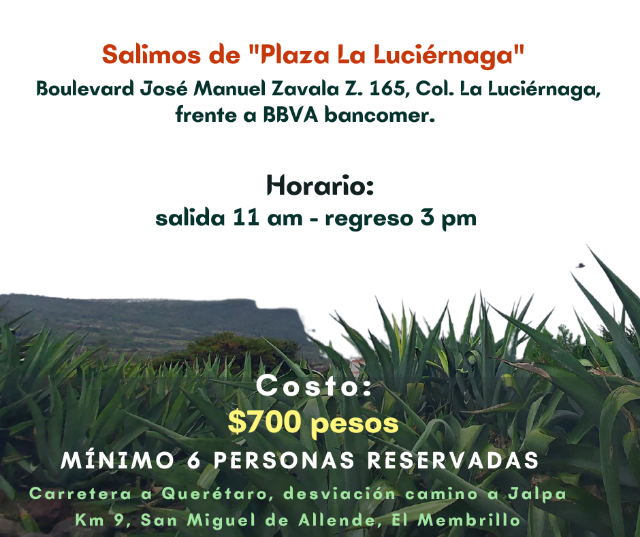“Regenerative agriculture and animal husbandry is the next and higher stage of organic food and farming, not only free from toxic pesticides, GMOs, chemical fertilizers, and factory farm production, and therefore good for human health; but also regenerative in terms of the health of the soil.” Ronnie Cummins
Regeneration is a Global Revolution
Hardly anyone had heard of regenerative agriculture before 2014. Now it is in the news everyday all around the world. A small group of leaders of the organic, agroecology, holistic management, environment and natural health movements started Regeneration International as a truly inclusive and representative umbrella organization.
The concept was initially formed at the United Nations Climate Change Meeting in New York in October 2014, at a meeting in the Rodale headquarters. The aim was to set up a global network of like minded agricultural, environmental and social organizations.
The initial steering committee meetings included Dr Vandana Shiva from Navdanya, Ronnie Cummins from the Organic Consumers Association, Dr Hans Herren from The Millennium Institute, Steve Rye from Mercola and myself, André Leu from IFOAM-Organics International. It was soon expanded to include Precious Phiri from the Africa Savory Hub, Ercilia Sahores from Via Organica in Mexico, Renate Künaste from the German Green Party, John Liu the China based filmmaker and Tom Newmark and Larry Kopald from the Carbon Underground.
Our founding meeting was held on a biodynamic farm in Costa Rica in 2015. We deliberately chose to hold it in the global south rather than in North America or Europe and include women and men from every continent to send a message that regeneration was about equity, fairness and inclusiveness. Ronnie Cummins raised hundreds of thousands of dollars to pay for the travel, accommodation, food and other expenses for all the representatives from the global south. It was a truly global and inclusive start.
The meeting agreed to form Regeneration International to promote a holistic concept of regeneration. The following consensus Mission and Vision Statements came out of this consultative and inclusive event.
OUR MISSION
To promote, facilitate and accelerate the global transition to regenerative food, farming and land management for the purpose of restoring climate stability, ending world hunger and rebuilding deteriorated social, ecological and economic systems.
OUR VISION
A healthy global ecosystem in which practitioners of regenerative agriculture and land use, in concert with consumers, educators, business leaders and policymakers, cool the planet, nourish the world and restore public health, prosperity and peace on a global scale.
In six years Regeneration International has grown to more than 360 partner organizations in 70 countries in Africa, Asia, Latin America, Oceania, North America and Europe.
Organic 3.0 the third phase of the Organic sector
The need to form an international regeneration movement was inspired in part by the development of Organic 3.0 by IFOAM – Organics International. Organic 3.0 was conceived as an ongoing process of enabling organic agriculture actively engage with social and environmental issues and been seen as a positive agent of change.

Organic 3.0 has six main features. The fourth feature was the “Inclusiveness of wider sustainability interests, through alliances with the many movements and organizations that have complementary approaches to truly sustainable food and farming.”
One aim of Organic 3.0 was to work with like minded organizations, movements and similar farming systems with the aim of making all of agriculture more sustainable. The concept was to have organic agriculture as a positive lighthouse of change to improve the sustainability of mainstream agriculture systems, as seen in the following diagram.

Move beyond Sustainable
Many people in the organic, agroecology and environmental movements were not happy with the term sustainable for a number of reasons, not the least that it has been completely greenwashed and was seen as meaningless.
“Sustainable means meeting the needs of the present without compromising the ability of future generations to meet their own needs.”
Unfortunately, this definition of sustainable has led to concept of Sustainable Intensification – where more inputs are used in the same area of land to lower negative environmental footprints. This concept has been used in sustainable agriculture to justify GMOs, synthetic toxic pesticides and water soluble chemical fertilizers to produce more commodities per hectare/acre. This was presented as better for the environment than “low yielding” organic agriculture and agroecological systems that need more land to produce the same level of commodities. Sustainable Intensification is used to justify the destruction of tropical forests for the industrial scale farming of commodities such as GMO corn and soy that are shipped to large scale animal feedlots in Europe and China, on the basis that less land is needed to produce animal products compared to extensive rangeland systems or organic systems. These Sustainable Intensification systems meet the above definition of sustainable compared to organic, agroecological and holistically managed pasture based systems.
Companies like Bayer/Monsanto were branding themselves as the largest sustainable agriculture companies in the world. Many of us believed it was time to move past sustainable.
In this era of the Anthropocene, in which human activities are the dominant forces that negatively affect the environment, the world is facing multiple environmental, social, and economic crises. These include the climate crisis, food insecurity, an epidemic of non-contagious chronic diseases, new pandemics of contagious diseases, wars, migration crises, ocean acidification, the collapse of whole ecosystems, the continuous extraction of resources, and the greatest extinction event in geological history.
Do we want to sustain the current status quo or do we want to improve and rejuvenate it? Simply being sustainable is not enough. Regeneration, by definition, improves systems.
The Hijacking of Organic Standards
Another driver towards regeneration were the widespread concerns about the hijacking of organic standards and production systems by corporate agribusiness.
The neglect of the primacy of soil health and soil organic matter and allowing inappropriate plowing methods were raised as major criticisms.
The organic pioneers started concept of soil health. Jerome Rodale who popularized the term Organic Farming in the 1940s used the term specifically in relation to farming systems that improved soil health by recycling and increasing soil organic matter. Consequently most organic standards start with this, however certifiers rarely check this – if ever these days. The introduction of certified organic hydroponics as soilless organic systems, was been seen by many as the ultimate sell out and loss of credibility for certified organic systems.
Major concerns and criticisms about the hijacking of certified organic by industrial agriculture were raised by allies in the agroecology and holistic management movements. These included large scale, industrial, organic monocultures and organic Confined Animal Feed Operations (CAFOs). These CAFOS go against the important principles of no cruelty and the need to allow animals to naturally express their behaviors, that are found in most organic standards. The use of synthetic supplements in certified organic CAFOs was seen as undermining the very basis of the credibility of certified organic systems. The lack of enforcement was seen as a major issue. These issues were and still are areas of major dispute and contention within global and national organic sectors.
Many people wanted a way forward and saw the concept of ‘Regenerative Organic Agriculture’, put forward by Robert Rodale, son of the organic pioneer Jerome Rodale, as a way to resolve this. Bob Rodale, used the term regenerative organic agriculture to promote farming practices that go beyond sustainable.
Dealing with Greenwashing
The term regenerative agriculture is now being widely used, to the point that in some cases it can be seen as greenwashing and as a buzz word used by industrial agricultural systems to increase profits.
Those of us who formed Regeneration International were very aware of the way the large agribusiness corporations hijacked the term sustainable to the point it was meaningless. We were also aware of how they are trying to hijack the term of agroecology, especially through the United Nations systems and in some parts of Europe, Africa and Latin America where a little biodiversity is sprinkled as greenwash over agricultural systems that still use toxic synthetic pesticides and water soluble chemical fertilizers.
Similarly we have been concerned about the way organic agriculture standards and systems have been hijacked by industrial agribusiness as previously stated in the above section.
The critical issue is how do we engage with agribusiness in a way that can change their systems in a positive way as proposed in Organic 3.0? Many of the corporations that are adopting regenerative systems are improving their soil organic matter levels using systems such as cover crops. They are also implementing programs that reduce toxic chemical inputs and improving environmental outcomes. These actions should be seen as positive changes in the right direction. They are a start – not an end point. They need to be seen as part of an ongoing process to become fully regenerative.
There are also corporations that are rebranding their herbicide sprayed GMO no-till systems as regenerative. These corporations and systems are being called out as Degenerative because they are not Regenerative.
The Concept of Degeneration to call out Greenwashing
The opposite of regenerative is degenerative. By definition, agricultural systems that are using degenerative practices and inputs that damage the environment, soil, and health, such as synthetic toxic pesticides, synthetic water soluble fertilizers, and destructive tillage systems, cannot be considered regenerative, and should not use the term. They must be called out as degenerative.
Regenerative and Organic based on Agroecology – the path forward
From the perspective Regeneration International, all agricultural systems should be regenerative and organic using the science of agroecology.
Bob Rodale observed that an ecosystem will naturally regenerate once the disturbance stops. Consequently, regenerative agriculture, working with nature, not only maintains resources, it improves them.
Regeneration should be seen as a way to determine how to improve systems and to determine what practices are acceptable and what are degenerative and therefore unacceptable. The criteria to analyze this must be based on the Four Principles of Organic Agriculture. These principles are clear and effective ways to decide what practices are regenerative and what are degenerative.
Consequently, the four principles of organic agriculture are seen as consistent and applicable to Regenerative Agriculture.
Health
Organic agriculture should sustain and enhance the health of soil, plant, animal, human and planet as one and indivisible.
Ecology
Organic agriculture should be based on living ecological systems and cycles, work with them, emulate them and help sustain them.
Fairness
Organic agriculture should build on relationships that ensure fairness with regard to the common environment and life opportunities.
Care
Organic agriculture should be managed in a precautionary and responsible manner to protect the health and well-being of current and future generations and the environment.
Why focus on Regenerative Agriculture?
The majority of the world’s population are directly or indirectly dependant on agriculture. Agricultural producers are amongst the most exploited, food and health insecure, least educated and poorest people on our planet, despite producing most of the food we eat.
Agriculture in its various forms has the most significant effect on land use on the planet. Industrial agriculture is responsible for most of the environmental degradation, forest destruction, toxic chemicals in our food and environment and a significant contributor, up to 50%, to the climate crisis. The degenerative forms of agriculture are an existential threat to us and most other species on our planet. We have to regenerate agriculture for social, environmental, economic and cultural reasons.
Why focus on the Soil and Soil Organic Matter?
The soil is fundamental to all terrestrial life of this planet. Our food and biodiversity start with the soil. The soil is not dirt – it is living, breathing and teeming with life. The soil microbiome is the most complex and richest area of biodiversity on our planet. The area with the greatest biodiversity is the rhizosphere, the region around roots of plants.
Plants feed the soil microbiome with the molecules of life that they create through photosynthesis. These molecules are the basis of organic matter – carbon based molecules – that all life on earth depends on. Organic matter is fundamental to all life and soil organic matter is fundamental to life in the soil.
Farming practices that increase soil organic matter (SOM) increase soil fertility, water holding capacity, pest and disease resilience and thus the productivity of agricultural systems. Because SOM comes from carbon dioxide fixed through photosynthesis, increasing SOM can have a significant impact in reversing the climate crisis by drawing down this greenhouse gas.
The fact is our health and wealth comes from the soil.
Regenerative agriculture is now being used as an umbrella term for the many farming systems that use techniques such as longer rotations, cover crops, green manures, legumes, compost and organic fertilizers to increase SOM. These include: organic agriculture, agroforestry, agroecology, permaculture, holistic grazing, sylvopasture, syntropic farming and many other agricultural systems that can increase SOM. SOM is an important proxy for soil health – as soils with low levels are not healthy.
However, our global regeneration movement is far more than this.
Regenerating our Degenerated Planet and Societies – Our Regeneration Revolution
We have a lot of work to do. We are currently living well beyond our planetary boundaries and extracting far more than our planet can provide. As Dr Vandana Shiva puts it: “Regenerative agriculture provides answers to the soil crisis, the food crisis, the climate crisis, and the crisis of democracy.”
According to Bob Rodale, regenerative organic agriculture systems are those that improve the resources they use, rather than destroying or depleting them. It is a holistic systems approach to farming that encourages continual innovation for environmental, social, economic, and spiritual wellbeing.
We must reverse the Climate Crisis, Migration Crisis, Biodiversity Crisis, Health Crisis, Food Crisis, Gender Crisis, Media Crisis, War Crisis, Land Grabbing Crisis, Racism Crisis, Democracy Crisis and Planetary Boundary Crisis so that we can regenerate our planet and our descendants can have a better and fairer world.
The vast majority of the destruction of biodiversity, the greenhouse gases, pesticides, endocrine disrupters, plastics, poverty, hunger, poor nutrition are directly caused by the billionaire corporate cartels and their obscene greed aided by their morally corrupt cronies. We need to continue to call them out for their degenerative practices.
More importantly; we need to build the new regenerative system that will replace the current degenerate system.
We have more than enough resources for everyone to live a life of wellbeing. The world produces around 3 times more food than we need. We have unfair, exploitative and wasteful systems that need to be transformed and regenerated.
We need to regenerate our societies so we must be proactive in ensuring that others have access to land, education, healthcare, income, the commons, participation, inclusion and empowerment. This must include women, men and youths across all ethnic and racial groups.
We must take care of each other and regenerate our planet. We must take control and empower ourselves to be the agents of change. We need to regenerate a world based on the Four Principles of Organic Agriculture: Health, Ecology Fairness and Care.
Ronnie Cummins, one of our founders, wrote: “Never underestimate the power of one individual: yourself. But please understand, at the same time, that what we do as individuals will never be enough. We’ve got to get organized and we’ve got to help others, in our region, in our nation, and everywhere build a mighty Green Regeneration Movement. The time to begin is now.”
Andre Leu is the International Director for Regeneration International. To sign up for RI’s email newsletter, click here.



